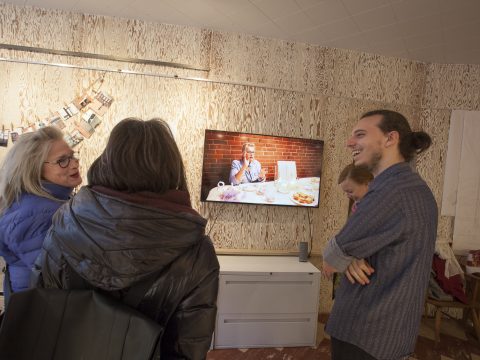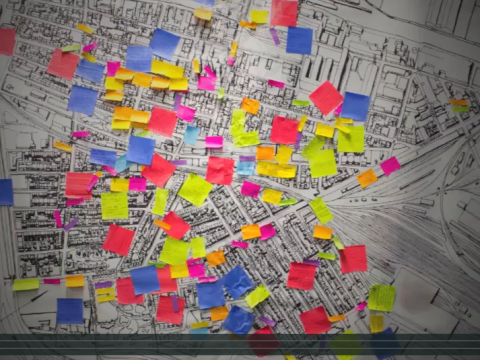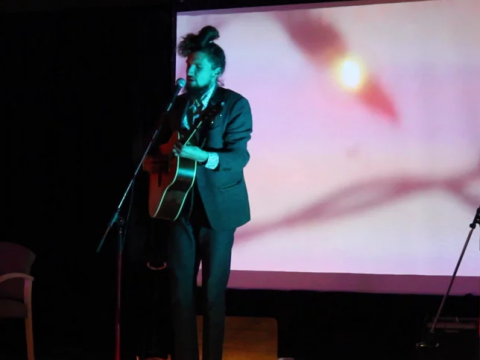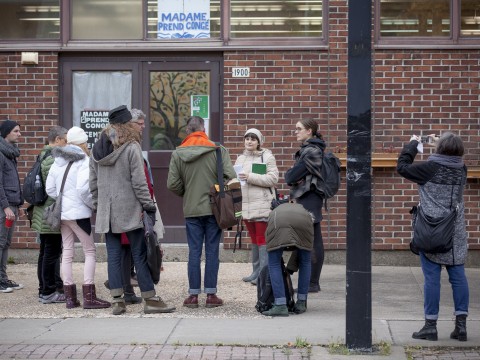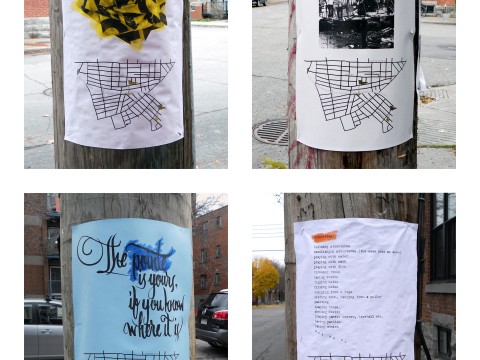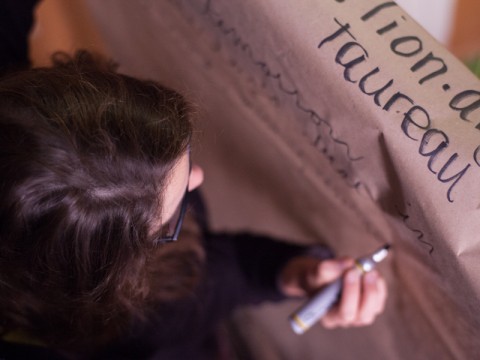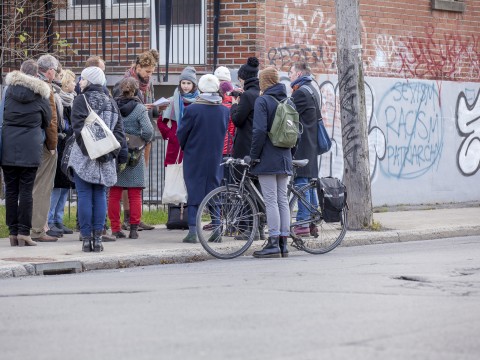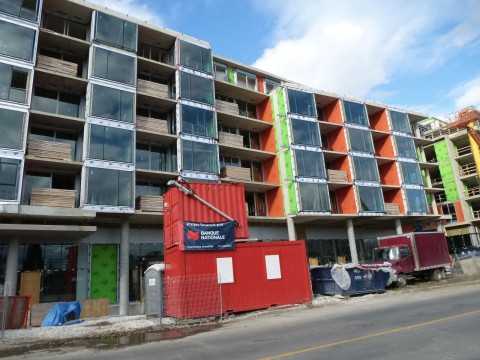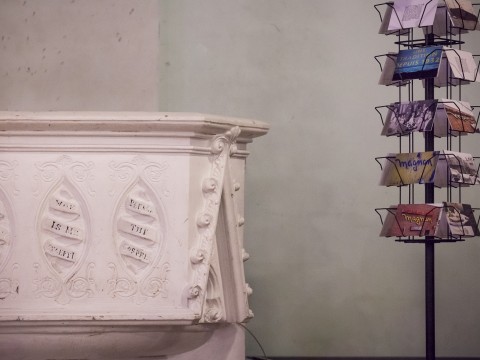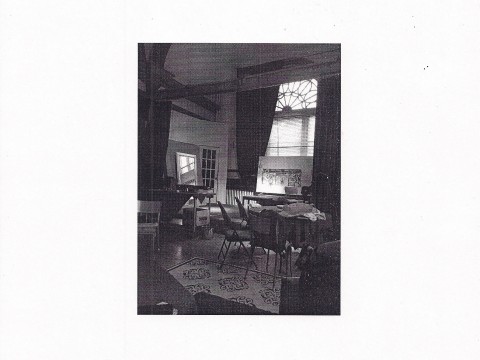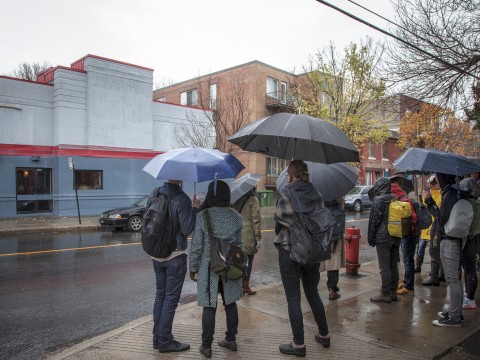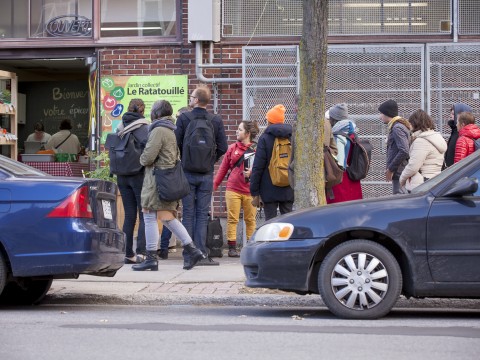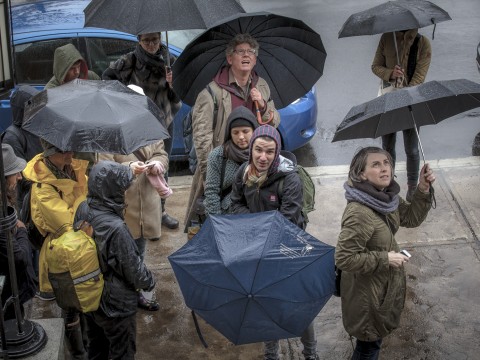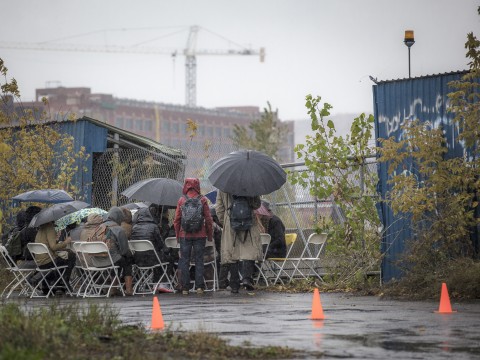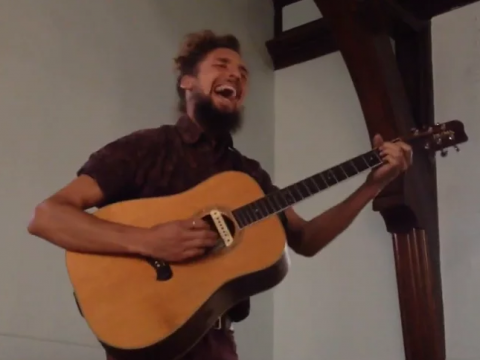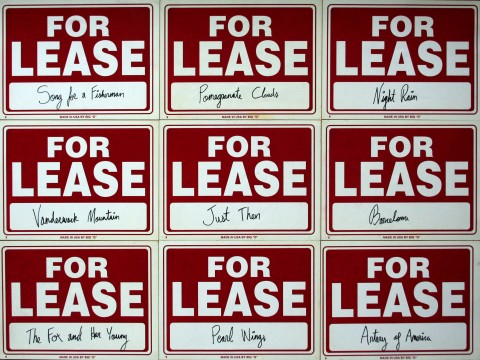Architectural change in the duplexes and fourplexes of Pointe-Saint-Charles
Architectural change in the duplexes and fourplexes of Pointe-Saint-Charles:
200 Years of Social and Cultural Lifestyle Evolution
A project for ARTH611: Industrialization and the Built Environment, Fall 2015
by Gillian MacCormack, Swintak, and Raphaël Trottier
Three Concordia graduate students stroll up and down the streets of Pointe-Saint-Charles (PSC), pondering how the area’s iconic, vernacular architecture illustrates one side of Montreal’s early nineteenth-century cultural and social history. Some façades seem unchanged; others have been renovated to accommodate twenty-first century tastes. We note certain architectural features, which we would soon come to recognize as typical of the community’s original, working-class character. Were such features and changes also to be found behind those multi-fashioned doorways? This was the question that motivated our group’s research and approach in the Fall of 2015.
The answers we found were the basis of our project, exhibited at Salon Laurette at the end of the semester. We focused upon the typology of the PSC duplex and fourplex, looking for physical evidence of cultural and social change, inside and out. With the intent to create a multi-media presentation of interviews with PSC residents in their homes, about their homes, we developed two specific questions that would be the basis of each interview:
What did these houses look like, and how were they organized, when the residents’ parents or grandparents lived here?
And how have residents adapted their homes and gardens, and renovated these houses to meet current needs and desires?
Our challenge then became how to meet and persuade people to allow three strangers into their homes to film and talk about ways of living, past and present. Well, when in doubt, ask – and we did. We knocked on doors, explained our interests, and were quickly invited to return at a given time and date for an interview, with permission to film anything we liked. Through our initial cold calls, further residents were recommended, and were equally welcoming.
All participants were open to talking about the architectural changes made to their dwellings over time, and how their living needs differed from those of previous generations. For our group, the icing on our cake was being able to film the actual, physical changes people had made to their homes, for aesthetic or practical reasons, while our interviewees were explaining these very same changes to us. We made a point of filming any original architectural features retained for historical interest or sentimental value. These included ceiling plaster work around a lighting fixture, narrow, steep staircases, rooms still painted in old tones, a massive beam in a cellar where a large chunk had been cut out to permit a particularly tall ancestor from banging his head, and an original brick wall with raccoon paw marks left over from when newly formed wet bricks were waiting to be placed.
These personal interviews and visits were invaluable, as research, and unforgettable experiences due to our interviewees’ enthusiasm and generosity. They allowed us to understand and visualize how cultural and social change, as well as personal narratives, are related to the built environment. Importantly, as can be found elsewhere in the world, generation-to-generation ties in the Point are linked to certain architectural features inside and outside the family home, even as these spaces are adapted to a new generations, and lifestyles. The importance of the built environment, for the people who shape it, was underscored when our interviewees joyfully attended the end of term exhibition and saw themselves and the labour and affection they have given to their homes, documented in our film.
Duplex/Fourplex by pointesaintcharles
Text by Gillian MacCormack, edited by Cynthia Hammond
